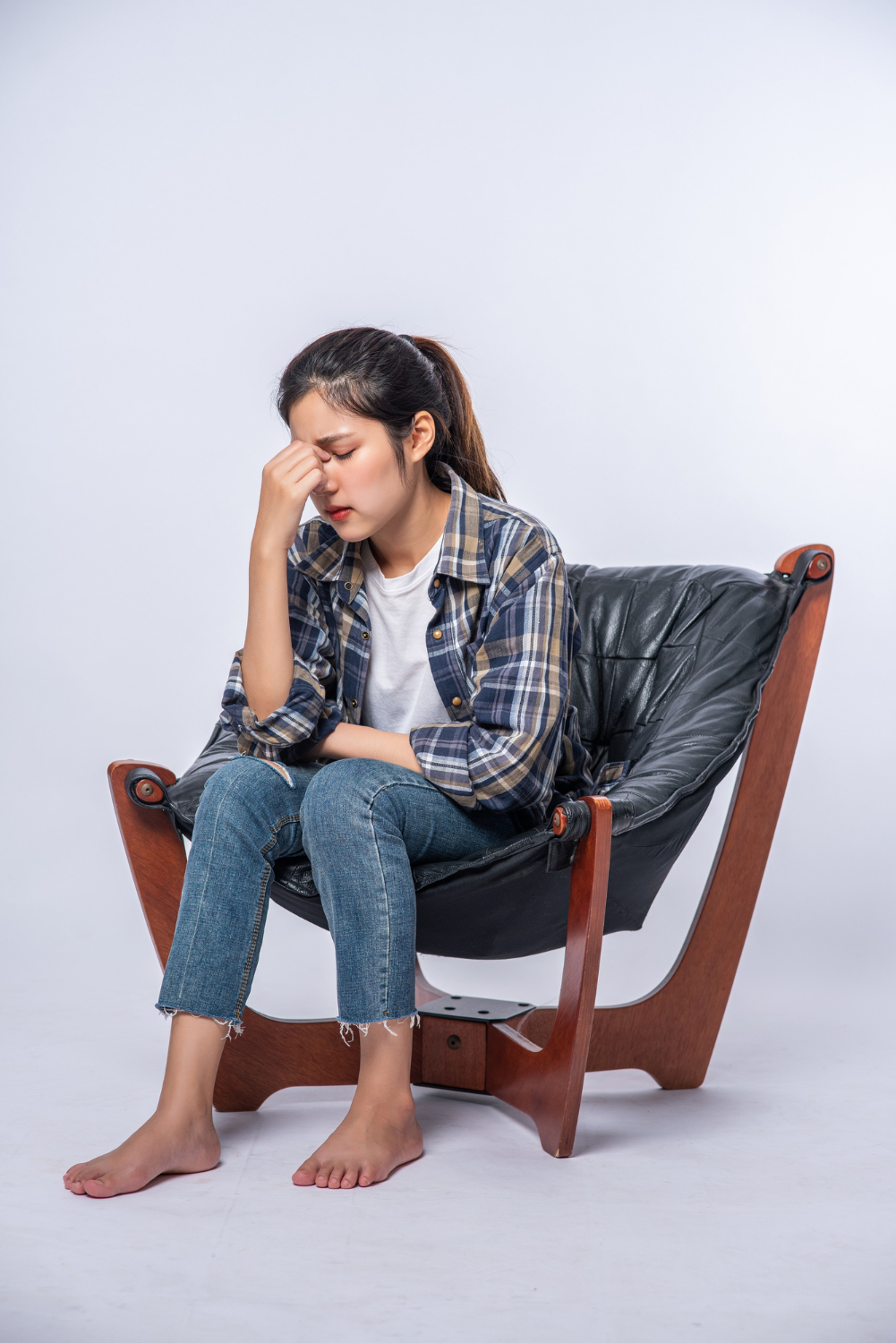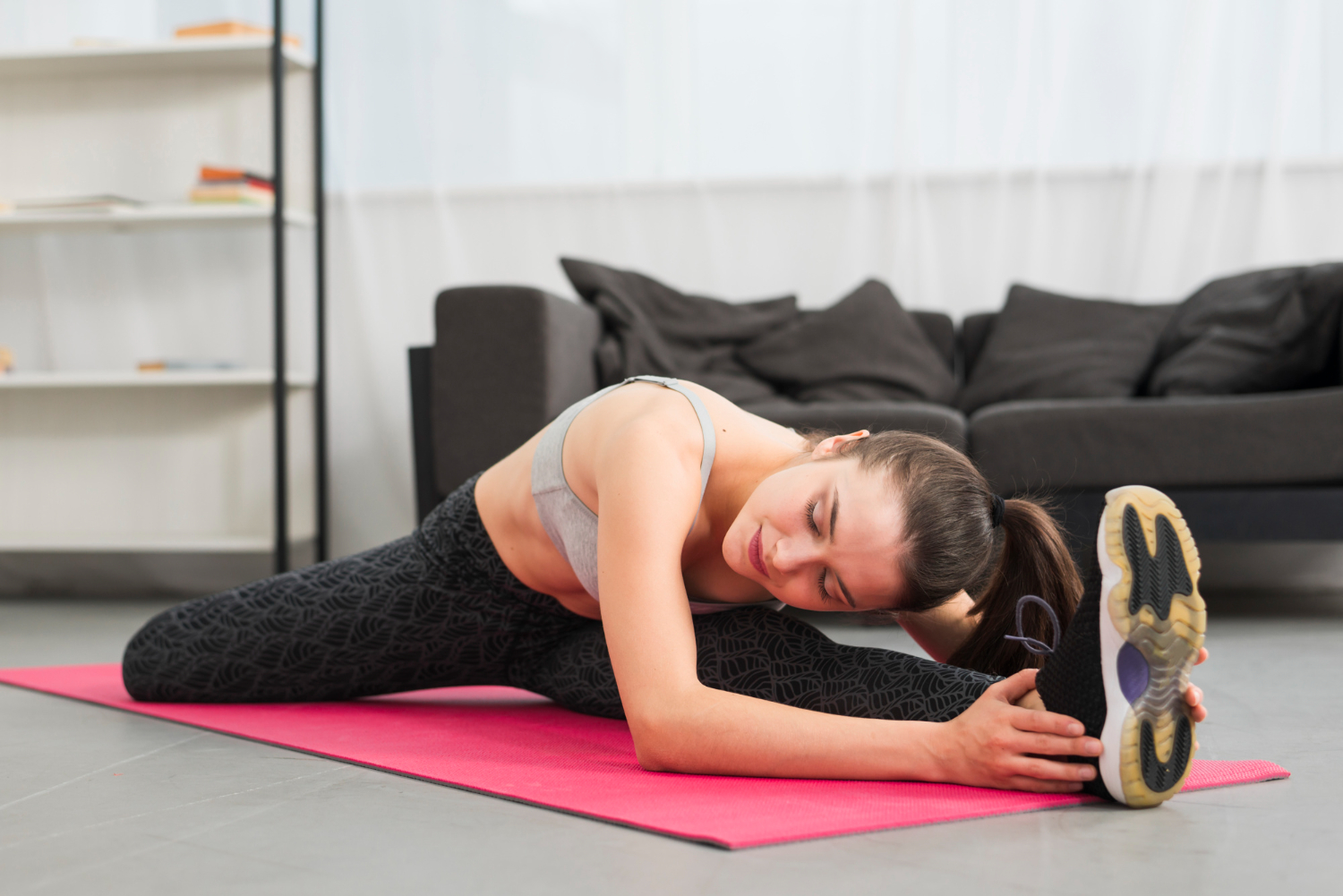
A visual representation of someone experiencing a panic attack, highlighting emotional distress and the need for calming support.
Panic attacks are sudden episodes of intense fear or discomfort that occur without warning or a clear threat. The experience can mimic a heart attack—rapid heartbeat, shortness of breath, chest tightness—and leave the individual feeling out of control. These attacks can strike at any time and are more common than many people realise.
While panic attacks can be frightening, they are manageable. With the right knowledge and strategies, it's possible to reduce their frequency and intensity.
A panic attack is a brief episode of extreme anxiety. It activates the body’s natural fight-or-flight response in the absence of danger, leading to symptoms that feel overwhelming. Though not life-threatening, panic attacks are emotionally and physically draining.
When they occur frequently or disrupt daily life, the condition may be diagnosed as a panic disorder. Both isolated and recurring panic attacks are treatable with a range of supportive options.

Panic attacks can cause physical symptoms like chest tightness, breathlessness, and rapid heart rate.
Physical Symptoms
Psychological Symptoms
These symptoms usually peak within 10–20 minutes and gradually ease, although the aftermath may linger.
Biological Causes
Psychological Factors
Environmental and Lifestyle Triggers
Recognising these triggers is the first step toward managing panic attacks effectively.

Tensing and releasing muscles can reduce panic symptoms and restore control.
1. Breathe Deeply
Slow breathing helps regulate oxygen and reduce symptoms:
Breathing into a paper envelope may help when hyperventilation occurs.
2. Use the 5-4-3-2-1 Grounding Method
Reconnect with your environment:
3. Accept and Reassure Yourself
Repeat calming thoughts: “This will pass,†“I am safe.â€
4. Try Muscle Relaxation
Tense and release muscles from toes to head.
5. Change Environment
Move to a quieter space or splash cold water on your face.
6. Engage the Mind
Count backward or focus on a repetitive object or task.
With practice, these techniques can become powerful tools during an attack.
1. Identify and Reduce Triggers
2. Manage Stress
3. Prioritise Sleep and Diet
4. Avoid Stimulants and Substances
5. Get Professional Support
6. Build a Support System
Home Remedies
Cognitive Behavioural Therapy (CBT)
Medications
Treatment plans should be individualised based on symptom severity and frequency.
Stay Calm and Supportive
Use a soothing tone and reassure them without dismissing their fear.
Guide Their Breathing
Help them pace their breathing with simple counts.
Try Grounding Techniques
Encourage them to focus on physical sensations and surroundings.
Change Environment
Move to a quieter, calmer setting if possible.
Stay With Them
Remain nearby and supportive until the episode passes.
Call for Help if Needed
Seek medical care if symptoms don’t subside or worsen.
Panic attacks can feel terrifying, but they are treatable and manageable. Whether through self-help strategies like breathing techniques or professional approaches like therapy and medication, recovery is possible. Recognising triggers, practising coping techniques, and seeking support are key to regaining control.
If panic attacks are interfering with your life, don’t wait. Reach out to a mental health professional for personalised care.
Need help managing panic attacks? Schedule a consultation with a mental health specialist at Max Hospitals and take the first step toward peace of mind.
1. Can panic attacks happen during sleep?
Yes. These are called nocturnal panic attacks and can wake someone from deep sleep with sudden fear, a racing heart, or breathlessness.
2. Are women more prone to panic attacks than men?
Yes. Women are nearly twice as likely to experience them, possibly due to hormonal differences and higher anxiety prevalence.
3. Do children get panic attacks?
Yes. Children may have difficulty expressing what they feel, but symptoms like breathlessness or detachment can signal a panic attack.
4. Can diet influence panic attacks?
Yes. High caffeine, sugar, or processed foods can overstimulate the nervous system, making attacks more likely.
We offer expert care across key specialties, including Medicine, Cardiology, Orthopaedics, ENT, Gynaecology, and more—delivering trusted treatment under one roof.
Prakash Hospital Pvt. Ltd. is a 100 bedded NABH NABL accredited multispecialty hospital along with a center of trauma and orthopedics. We are in the service of society since 2001.
OUR SPECIALITIES
Contact Us
D – 12A, 12B, Sector-33, G. B. Nagar, Noida, Uttar Pradesh 201301
+91-8826000033

© 2025 All rights reserved.
Designed and Developed by Zarle Infotech